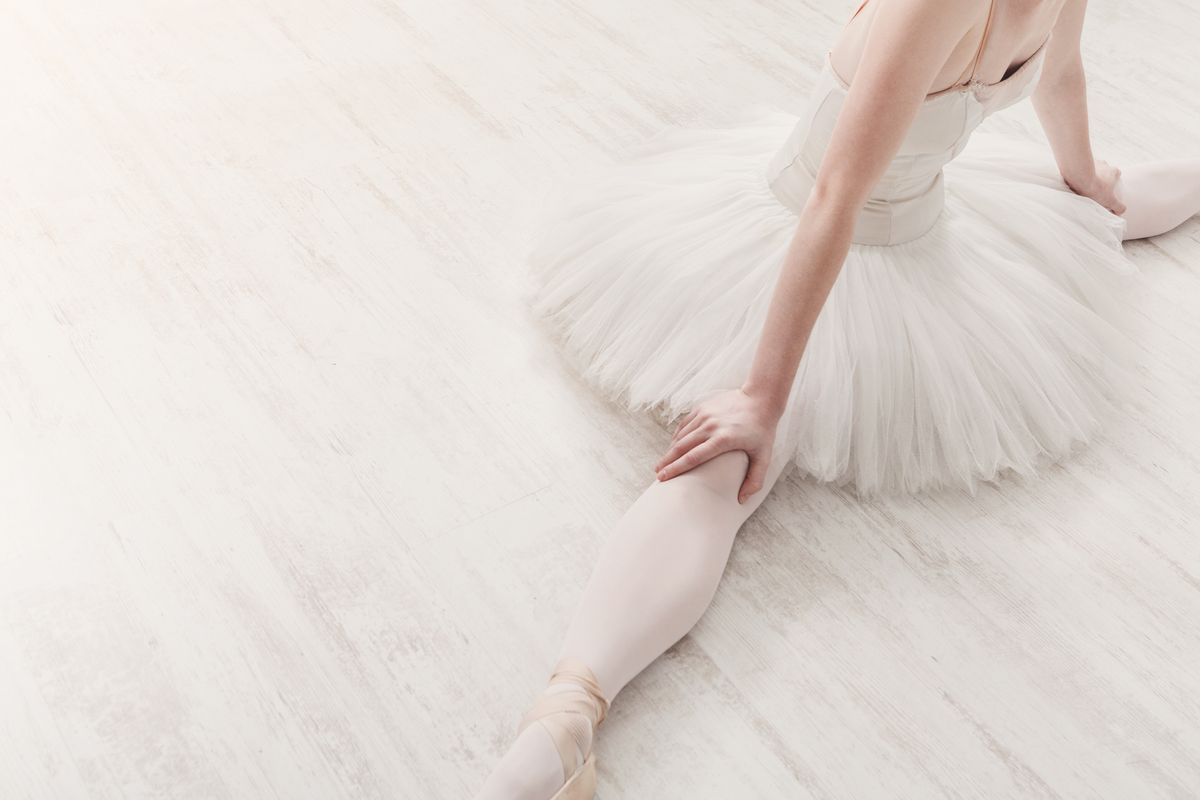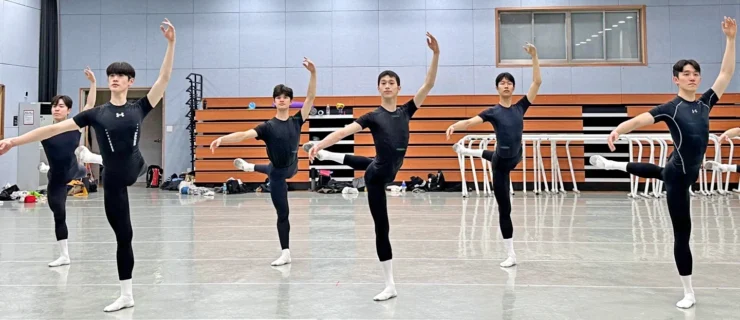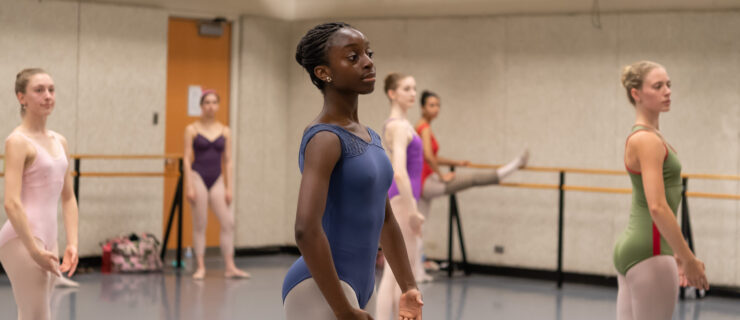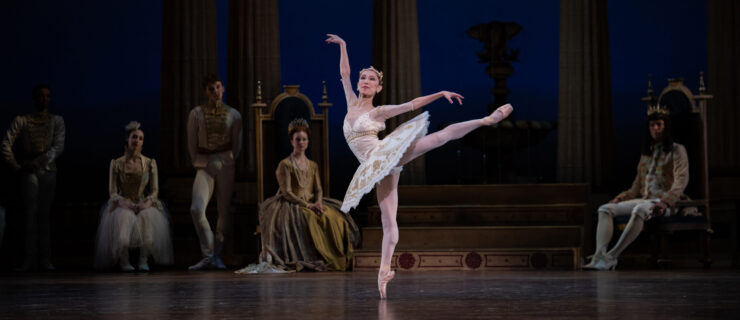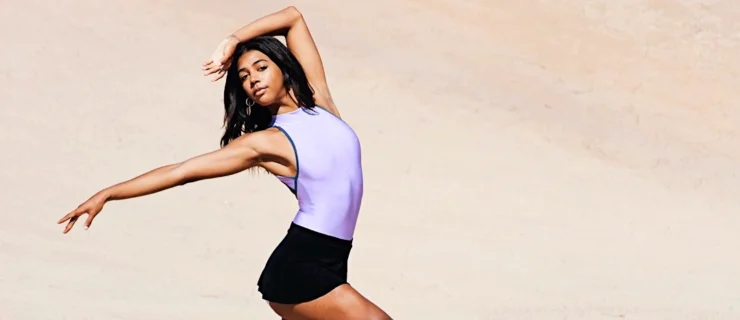College Conundrums: How To Tell If a College Ballet Program Has What It Takes
As a teen, Louisville Ballet dancer Lexa Daniels knew college was the right path for her. “I wanted to have a career in ballet,” she says, “but I wanted to get a foundational education first.” After considering several schools, Daniels realized that the University of Utah was the best fit. What tipped the scales in Utah’s favor? “At that point in my life, I was looking for true classical ballet,” she says, “and the other schools had a more contemporary approach. I also liked Utah’s close ties with Ballet West. There was a lot of crossover between the company and the university.”
Myriad factors go into choosing a college, from location and cost to campus amenities and potential double majors. But if your goal is to become a professional ballet dancer after graduation, you’ll first need to determine which schools are equipped to guide you toward that dream. As you investigate your options, look for these key signs of a strong ballet program.
A Rigorous Curriculum
 Getty Images
Getty Images
“When I saw that Utah had a two-hour ballet technique class every day, that intensity was a huge factor in my decision,” Daniels says. If you’re committing to four additional years of training, you need to be challenged—by the number of hours you’re spending in the studio as well as by the work you’re being asked to do.
Beyond ballet technique, “you certainly want a dedicated pointe class,” says Deborah Wingert, a répétiteur for The George Balanchine Trust who has set works at schools including Butler University, Indiana University and University of North Carolina School of the Arts, and who teaches at The Juilliard School. She notes the program should be offering no fewer than three pointe classes a week. Also look for partnering and variations, plus additional disciplines like modern and jazz. “Horton, Graham, Cunningham—those styles make you well-rounded,” Wingert says. “These days, if a choreographer asks for a contraction or a release, you need to know what that term means.”
When it comes to other disciplines, however, it’s vital to strike the right balance. While many dance departments are more modern-focused, “if you want to have a professional ballet career, you need to be somewhere where ballet is primary,” says Peter Merz, director of Ballet West Academy and the former head of ballet at Point Park University.
Top-Notch Teachers
 Getty Images
Getty Images
A dance program is only as strong as its faculty. Are they former professional dancers? Have they taught elsewhere? Do they hold advanced degrees? “It’s actually nice to see a mix of credentials: people who’ve come straight from performing and people who’ve gone to school for education,” Wingert says. But with these diverse paths and points of view, “you want a level of cohesion,” Wingert goes on. “Even if one teacher is strictly Russian and another is more current, the training should feel complementary.”
Consider how well the teachers’ methodologies mesh not only with each other but also with your background and goals. For example, if you haven’t done much Balanchine work but would like to one day, a department with at least one Balanchine-style instructor could serve you well. Meanwhile, faculty with company connections—especially those with very recent work in the field—can help you network as you near graduation.
Varied Performance Opportunities
 Daniels in The Nutcracker. Sam English, Courtesy Louisville Ballet.
Daniels in The Nutcracker. Sam English, Courtesy Louisville Ballet.
“In college, you need to be dancing a repertoire that will prepare you for the marketplace,” Merz says. Do faculty choreograph on students? Are quality guest artists brought in to set pieces? Wingert points out that it’s equally important to learn existing works and to have new works created on you. “The best programs will give you the chance to do both,” she says. “You need to be working on the cutting edge of ballet, but you also need to know your classics.”
Another thing to look into: How many performance opportunities exist over the course of a school year? Are there student choreography showcases as well as main-stage productions? The more time you spend onstage in college, the more prepared you’ll be for company life.
Successful Alumni
 Keith Luke via Unsplash
Keith Luke via Unsplash
If the faculty is the backbone of a dance program, its alumni are its wings. When a department has produced a large number of working dancers, it’s a safe bet that it can push you toward a career as well. The schools you’re considering should be happy to share where recent grads have ended up, but you can also do some digging on your own. “Many professional dancers make a point of talking about their college careers,” says Merz, and a quick web search should provide you with some names. You could also visit company websites to see which dancers are BA or BFA holders.
“My biggest advice is to trust your gut,” Daniels says. Did you feel instantly at home when you visited a certain campus, or click with a particular faculty member during your audition? While the country’s best ballet programs have certain commonalities, higher education isn’t one-size-fits-all. Find what’s best for you, and the next four years will be completely worth it.
